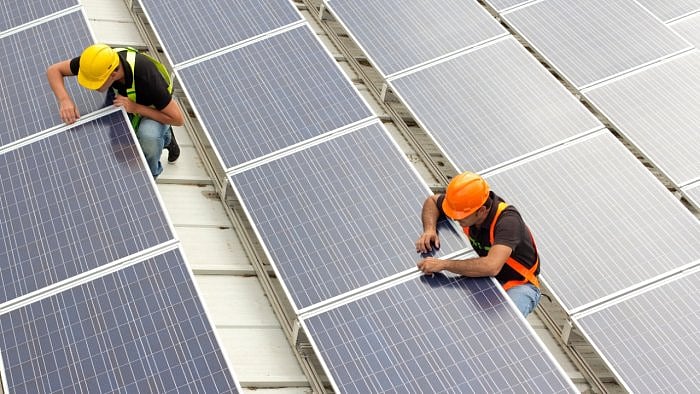
The state government plans to generate around 4,000 MW of solar power in Jharkhand over the next five years. This intended transition would occur through the implementation of the state’s solar energy policy 2022, which was unveiled by Chief Minister Hemant Soren on Tuesday, and is likely to make the state self-sufficient in solar energy.
According to the ambitious plan, the state seeks to augment its clean energy capacity, for which the utility solar scale for 3,000 MW power will be done through putting in solar and non-solar parks, floating and canal top solar installations.
There would be 720 MW of distributed solar installation that will include rooftop, captive and irrigation set-ups. There would be development of 280 MW off-grid solar capacity through mini and microgrids, solar power employed for livelihood, and solar pumps.
The immediate projects under the solar energy policy are a 600 KW solar plant for the Dhanbad and Dumka airports, and a grid-connected rooftop power plant under the Giridih Solar City Scheme. Soren laid the foundation stones for the projects, on Tuesday, albeit virtually.
Part of the government’s initiative to encourage private investors are a single-window system, payment security mechanisms, as well as land arrangements through land banks. Jharkhand Renewable Energy Development Agency (JREDA) announced there will be a dedicated solar power cell and statutory approval will be provided within a maximum of 60 days.
Other JREDA important initiatives included under the solar energy policy are developing 1,000 villages as solar villages, schemes for encouraging the economically backward villagers and offering cross subsidy for adoption of solar energy.
Meanwhile, the government is also providing 96 per cent subsidy to farmers for off-grid pump sets. Over 6,700 solar pumps have been installed in Jharkhand. In the second phase, the government plans to install around 10,000 solar pump sets.
